A Guide to Visiting Tokyo’s Famed Tsukiji Fish Market
It's All About The Fish
It's time to visit and bid this quintessential Japanese fish market a proper goodbye before it's relocated.
Tokyo’s Tsukiji fish market has long been a popular tourist destination and it’s becoming even more so now that it’s about to be relocated. The latest news is that it won’t be moved for at least another year due to pending safety checks at the replacement site in Toyosu, but its time is certainly ticking — so if you haven’t been there yet, plan your visit soon.
The market is sprawling, organized yet chaotic, bustling and crowded with fishermen, merchants, chefs and curious tourists. You smell fish, you see fish and you eat fish at every corner.
Being one of the oldest and biggest wholesale fish markets in the world, a visit to Tsukiji is never short of sensory experience. The market is sprawling, organized yet chaotic, bustling and crowded with fishermen, merchants, chefs and curious tourists. You smell fish, you see fish and you eat fish at every corner. While you can be spontaneous and just randomly hit the place, there is so much to see that I’d highly recommend you do a little schoolwork before you go so that you’re better prepared to make the most of your visit.
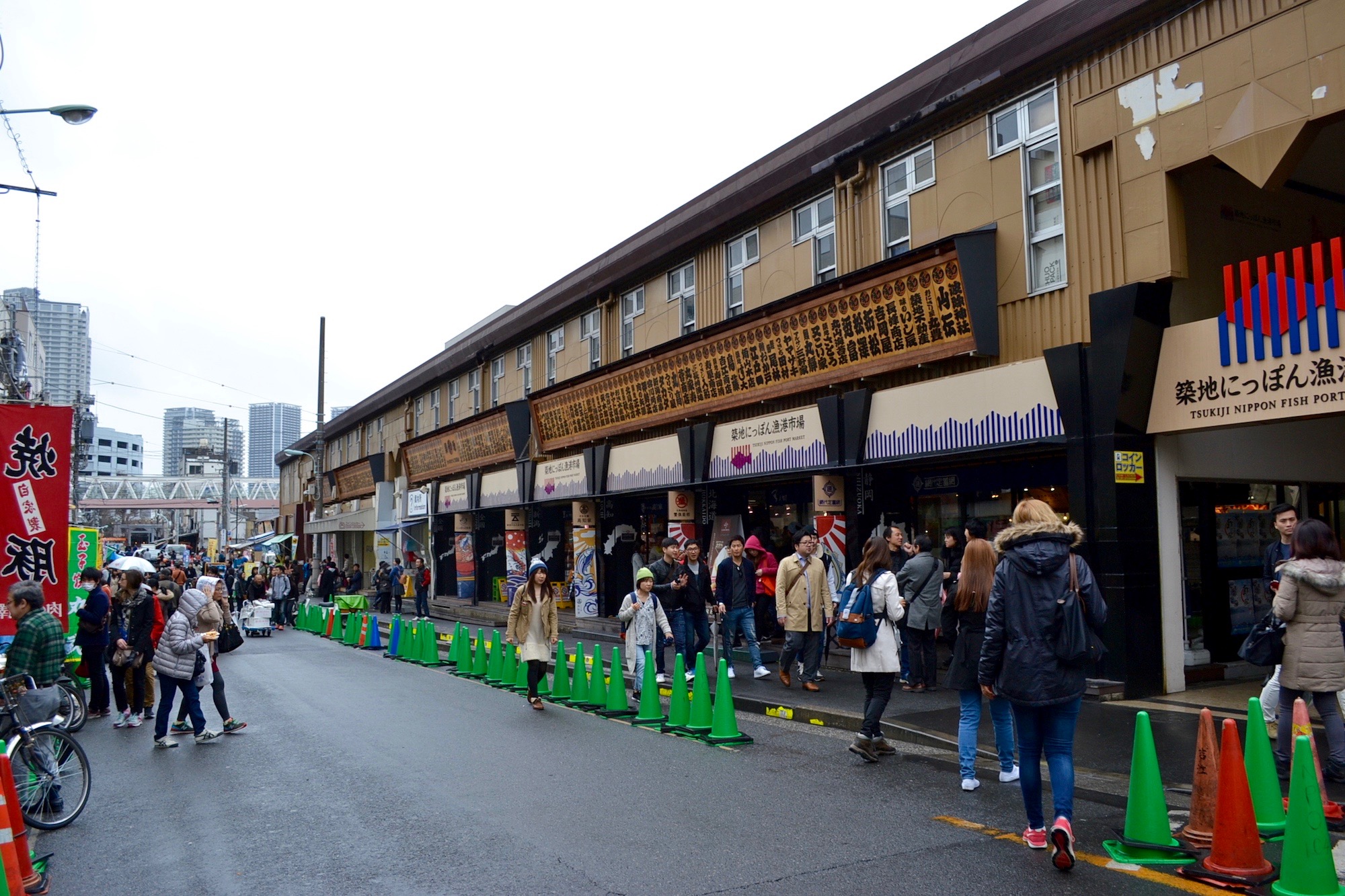
Check the calendar before you go
First things first: plan your visit and be informed. The market is closed on Sundays, public holidays and certain Wednesdays. Before you go, check the market’s calendar, which is regularly updated on the Tsukiji Market website. Although the calendar is in Japanese only, it’s fairly easy to navigate around: the red dots indicate that the market is closed and the green spots tell you the outer fish market only will be closed temporarily.
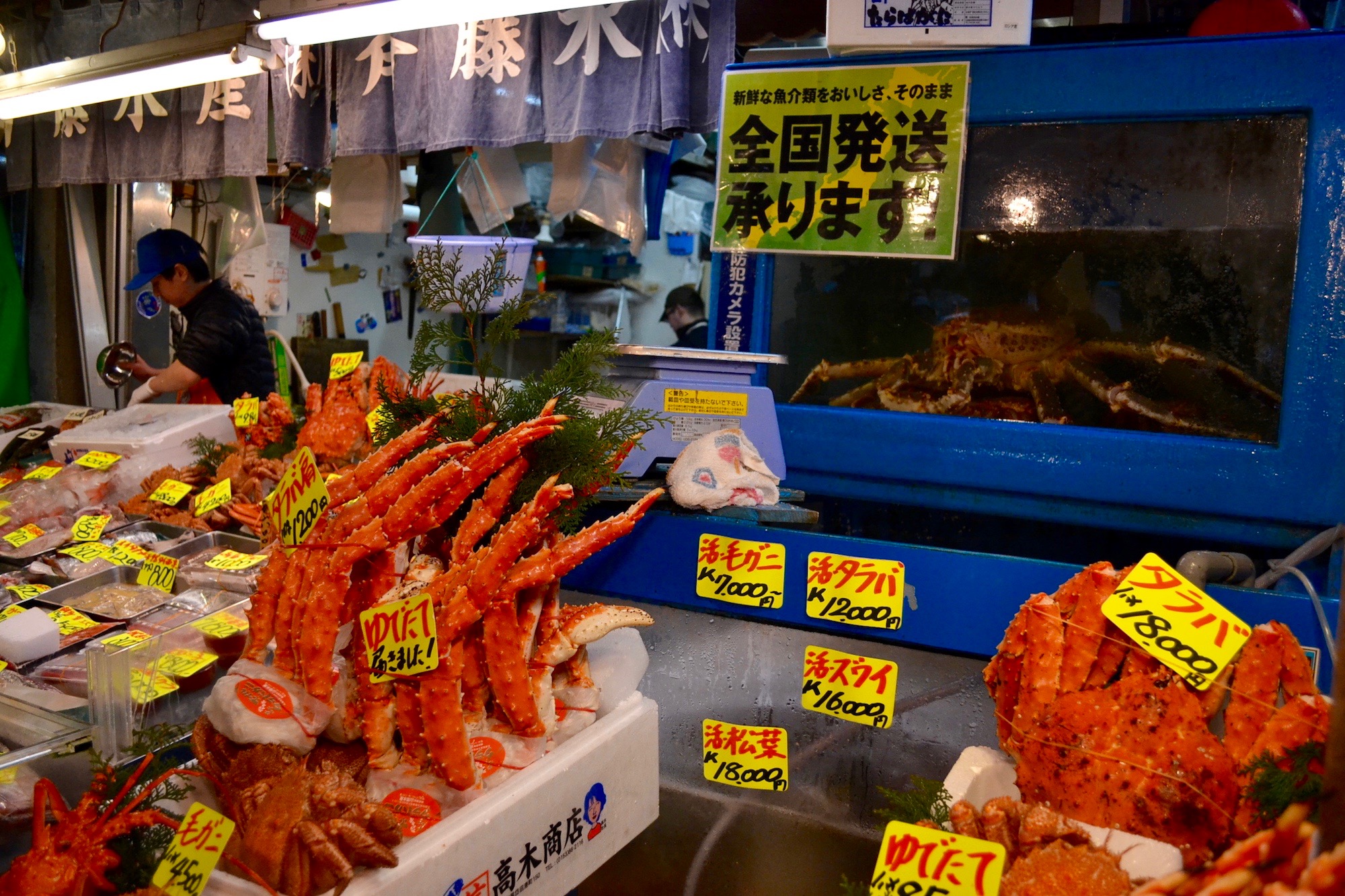
Visit Tsukiji’s inner market
Tsukiji consists of an outer market filled with retail shops, food stalls and restaurants catering to the public, and an inner market where most of the wholesale business and the famous tuna auctions take place. It also has a popular row of hidden and ultra yum sushi restaurants.
When you exit Tsukiji station, follow the road ahead of you until you reach an intersection. By this time, you will already catch a whiff of seafood and notice huge murals of fish on the buildings. A large tuna will serve as a sign that you arrived at the outer market. Go through an extremely crowded row of small sushi counters and ramen shops, as well as vendors selling fresh produce. At the end of the passage turn left to find yourself on another bustling street where the Tsukiji Information Center is located (on your left). Don’t hesitate to take the narrow back alleys there to explore.
If it lives in the sea, you’ll find it here at Tsukiji.
If you want to get to the oldest part of Tsukiji Market, the inner market, you have to stay on the main path past the “big tuna passage” and gas station until you get to a huge, warehouse-looking building and turn left. You will notice a lot of action and the busy atmosphere of scooters, trucks, sellers and buyers hurrying around. That’s where the market is located. I notice that a lot of visitors tend to miss the inner market entirely, because the Information Center does not include it on their map, there are no signs and it’s tucked away from the outer market. But if you want the real experience, you can’t miss this place. Please note, however, that the inner market opens to the general public at 9 a.m. and usually starts winding down around 11 a.m.
Though you may feel quite in the way of the merchants, the experience of perusing the market’s wet cobblestone passages and gawking at the variety of seafood on sale is priceless. And really — if it lives in the sea, you’ll find it here at Tsukiji: anything from delicious alfonsino and tuna to bivalves you have never even heard of.
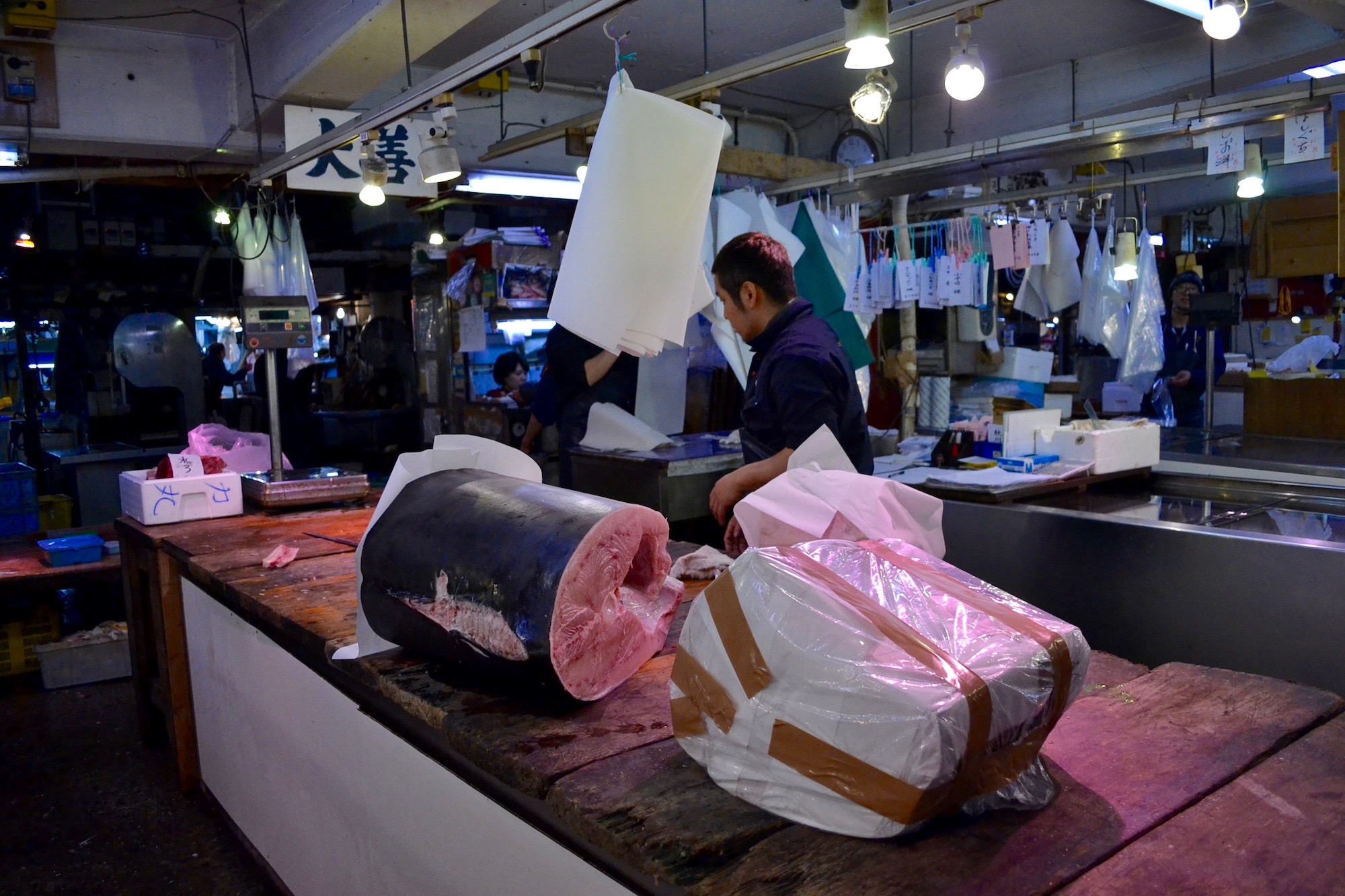
Take a peek at the tuna auction
Hundreds of tourists are attracted to the market by a tuna auction that happens on a daily basis. Honestly, I am not intrigued enough to wake up in the wee hours of night just to observe the rapid-fire bidding on hundreds of frozen carcasses. However, if you think this is something that might fascinate you there are a few aspects to consider, most importantly that you have to be at the market by 3 a.m. to have a solid chance to attend, even though you will not be admitted to the auction until 5:25 a.m. and you are only given 25 minutes to be inside.
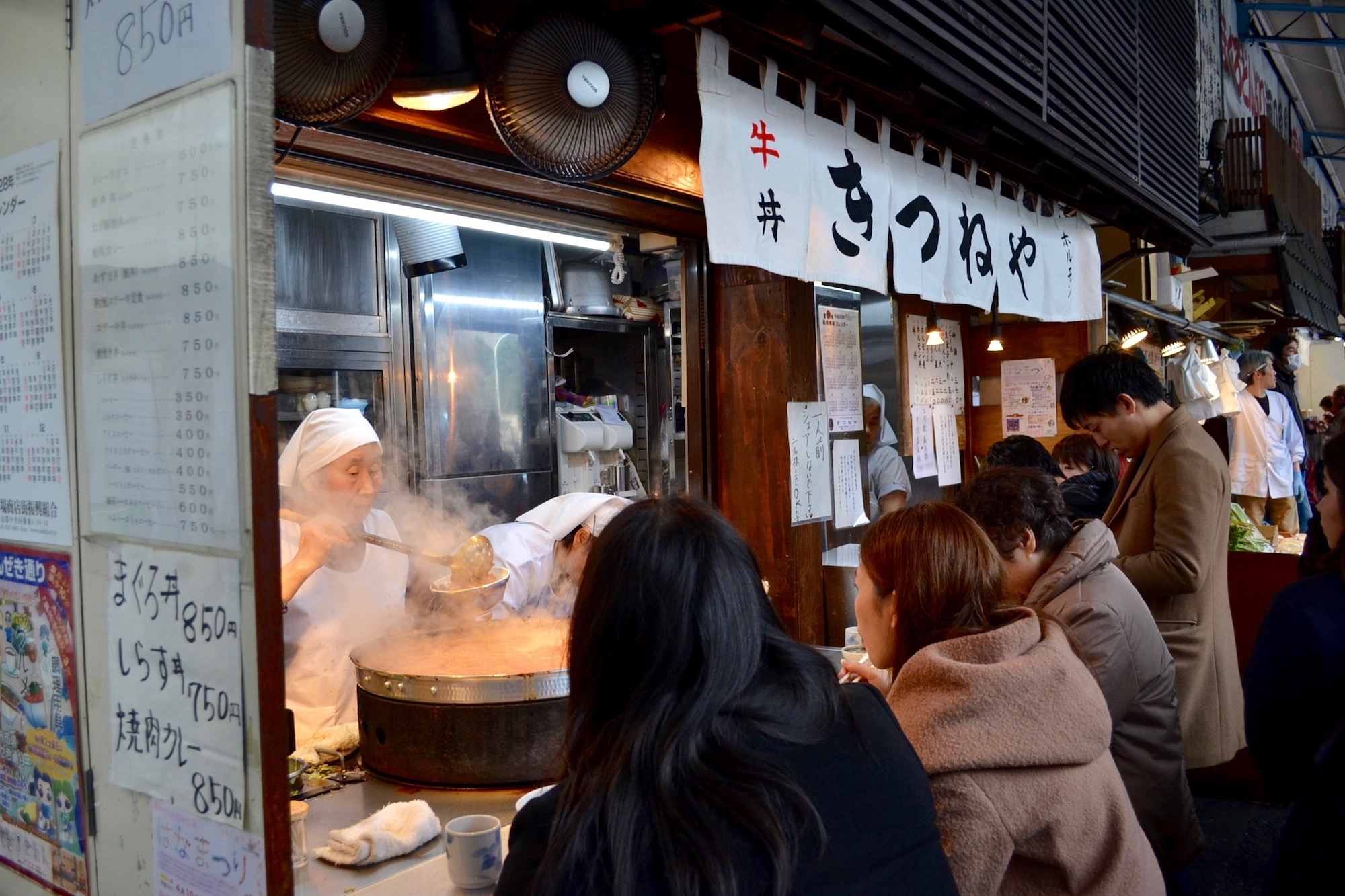
Have the city’s freshest sushi for breakfast
Tsukiji is an ideal place to discover the local charm of old sushi and sashimi restaurants and indulge in a sushi-filled breakfast. Where can you eat good sushi around here? I’d say anywhere, since there is such an abundance of small or big counters serving up the fresh morsels of catch of that day. However, if you are a gourmand and don’t mind lining up for a few hours in return for an outstanding meal, I’d recommend heading to Uogashi Yokocho in the inner market, that’s where the most popular small sushiya (sushi shops) are lined up. I had fantastic sushi at Yamazaki sushi-ya, which I would not hesitate to recommend.
If you’re not willing to wait in line at all or have a sit-down meal, then I recommend to browse the alleys of the outer market where you can sample a lot of snacks on the go, anything from grilled fish and meat on skewers and delicious tamago (egg) to fresh oysters and uni (sea urchin roe) straight from the shells.

Get a Japanese chef’s knife as a souvenir
While Kappabashi-dori in Asakusa is a great place to shop for kitchenware, Tsukiji’s outer market has a few old-school knife shops that you might consider visiting. Japan is probably the top maker of blades in the entire world as the cutters hold the edge a lot better due to hard steel. It’s not surprising, as the artistry and sophistication of Japanese cuisine really demands the sharpest and highest-quality cutting edges. Not only can you choose the best-quality knife of your liking, but you can also have it hand engraved with your name in kana. I think it would make a great useful souvenir or a gift! One of the most highly-regarded shops is Masamoto Tsukiji, an old-world knife shop that’s been around since 1891 and is currently owned by the fifth generation of the family.
How to get there
Take the Oedo line and get off at Tsukiji-Shijo subway station. You can also use Tsukiji station on the Hibiya line — it’s a five-minute walk from there. From Ginza station, it’s 12 minutes on foot.












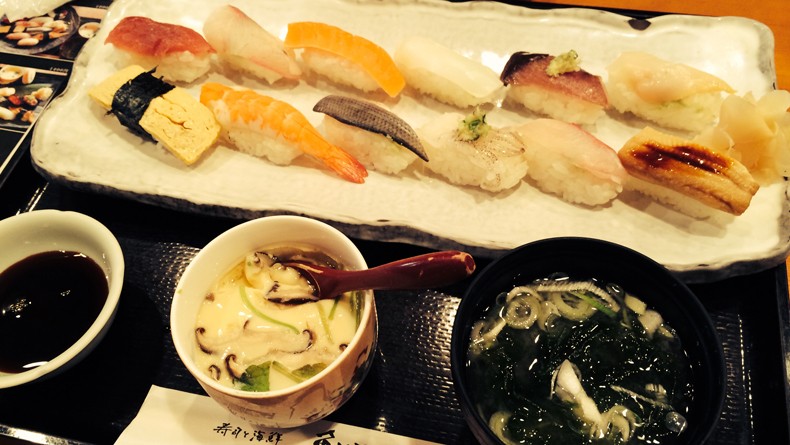
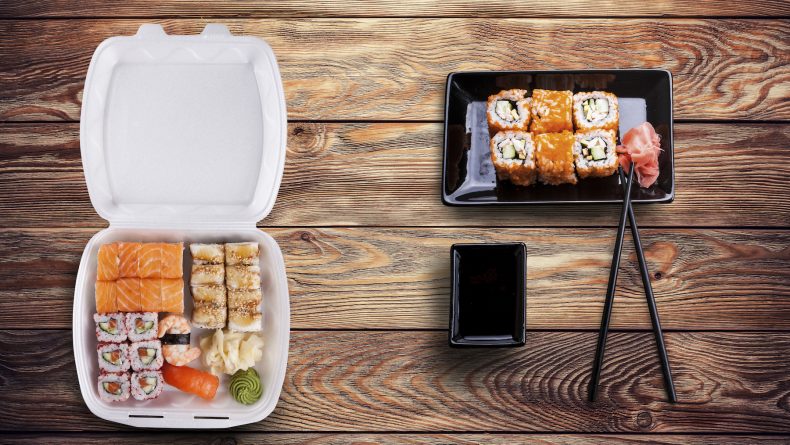
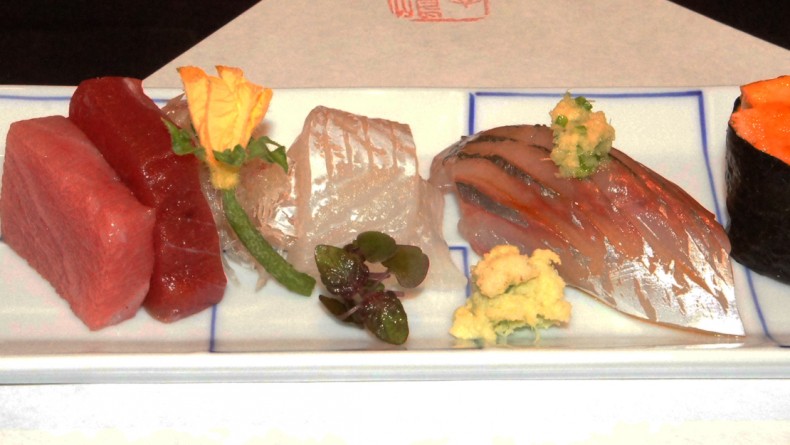
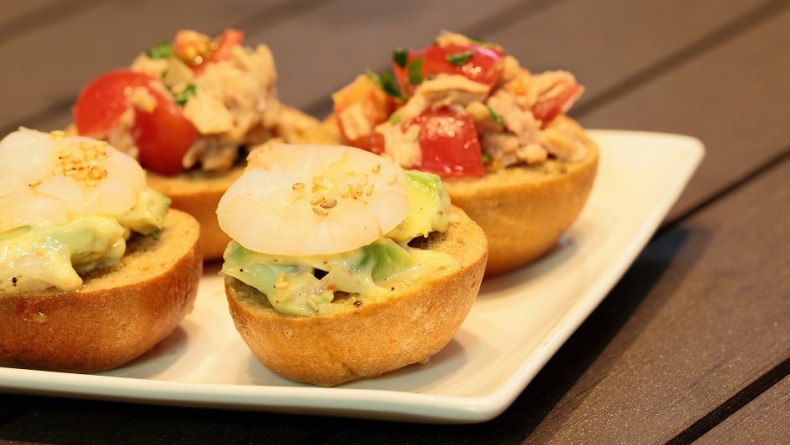
Leave a Reply